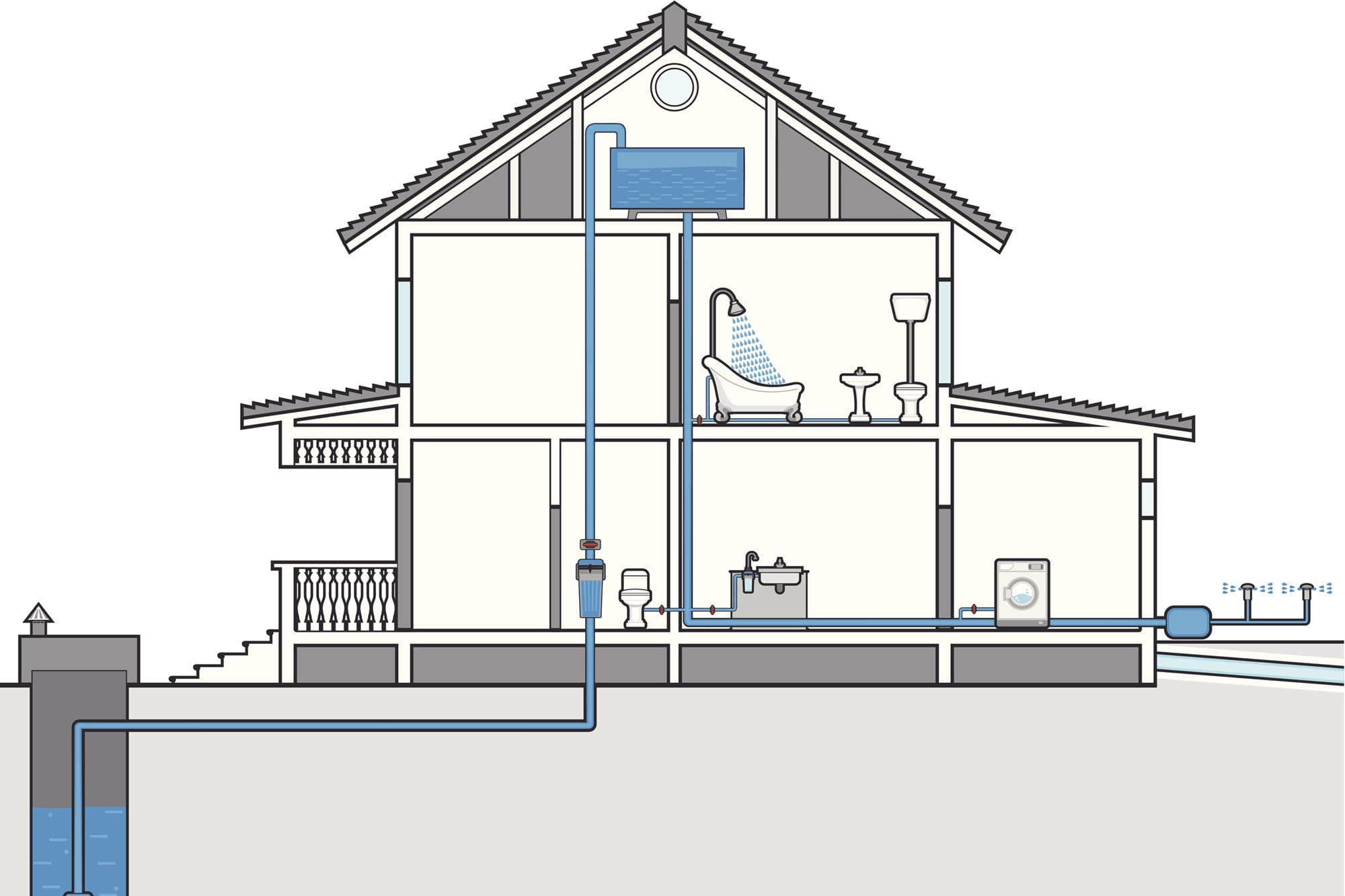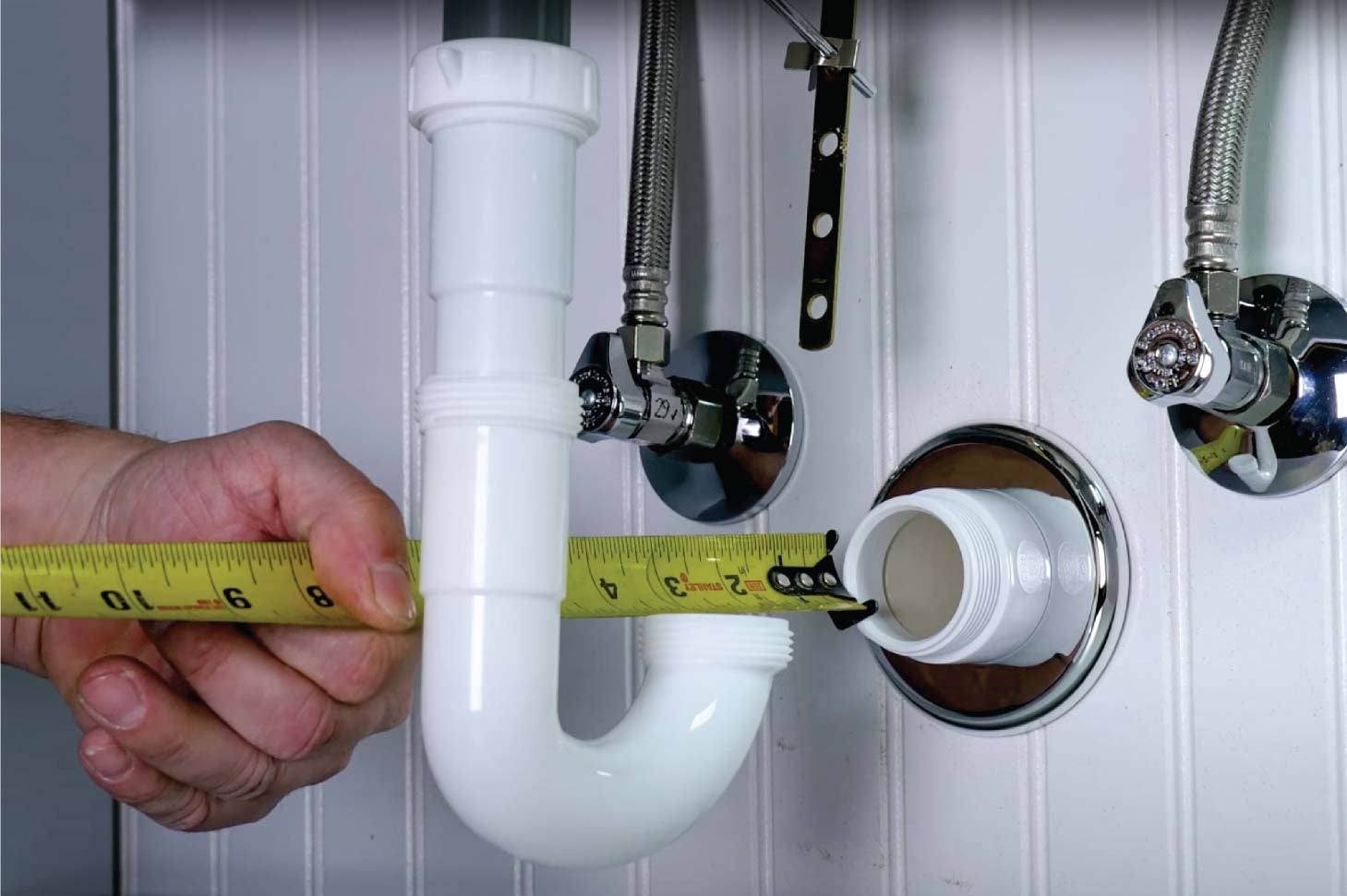A Closer Look at The Layout of Your House's Plumbing System
A Closer Look at The Layout of Your House's Plumbing System
Blog Article
Are you searching for content about Plumbing Installation 101: All You Need to Know?

Comprehending just how your home's plumbing system works is vital for each property owner. From supplying tidy water for drinking, cooking, and showering to safely removing wastewater, a well-maintained pipes system is critical for your family members's health and wellness and comfort. In this extensive overview, we'll discover the complex network that comprises your home's plumbing and deal pointers on upkeep, upgrades, and managing typical problems.
Intro
Your home's plumbing system is more than simply a network of pipelines; it's a complex system that ensures you have access to tidy water and reliable wastewater elimination. Recognizing its components and exactly how they interact can assist you protect against expensive repair work and make certain whatever runs smoothly.
Standard Elements of a Pipes System
Pipelines and Tubes
At the heart of your plumbing system are the pipelines and tubing that lug water throughout your home. These can be constructed from different products such as copper, PVC, or PEX, each with its benefits in terms of resilience and cost-effectiveness.
Fixtures: Sinks, Toilets, Showers, and so on.
Components like sinks, bathrooms, showers, and bathtubs are where water is made use of in your house. Understanding how these components attach to the plumbing system helps in diagnosing troubles and intending upgrades.
Shutoffs and Shut-off Points
Valves regulate the circulation of water in your pipes system. Shut-off shutoffs are critical during emergency situations or when you need to make fixings, allowing you to separate parts of the system without disrupting water flow to the whole house.
Water Supply System
Key Water Line
The main water line links your home to the metropolitan water or a personal well. It's where water enters your home and is dispersed to various fixtures.
Water Meter and Stress Regulator
The water meter procedures your water usage, while a stress regulatory authority ensures that water streams at a secure pressure throughout your home's plumbing system, stopping damages to pipes and fixtures.
Cold Water vs. Hot Water Lines
Comprehending the difference in between cold water lines, which provide water directly from the main, and hot water lines, which carry heated water from the water heater, assists in repairing and planning for upgrades.
Drainage System
Drain Pipeline and Traps
Drain pipes bring wastewater away from sinks, showers, and commodes to the sewage system or septic system. Catches protect against sewer gases from entering your home and also trap debris that could cause blockages.
Ventilation Pipes
Ventilation pipes enable air right into the drain system, stopping suction that might slow down drain and trigger traps to vacant. Correct air flow is crucial for keeping the honesty of your pipes system.
Value of Proper Water Drainage
Ensuring proper drainage avoids backups and water damage. On a regular basis cleansing drains pipes and maintaining catches can prevent pricey repair services and prolong the life of your pipes system.
Water Heater
Kinds Of Water Heaters
Water heaters can be tankless or conventional tank-style. Tankless heating units warm water on demand, while tanks keep heated water for instant use.
Just How Water Heaters Link to the Plumbing System
Understanding how water heaters attach to both the cold water supply and warm water circulation lines assists in identifying issues like insufficient warm water or leakages.
Maintenance Tips for Water Heaters
On a regular basis flushing your water heater to get rid of debris, inspecting the temperature setups, and examining for leaks can extend its lifespan and boost energy efficiency.
Usual Pipes Problems
Leaks and Their Reasons
Leaks can occur as a result of maturing pipelines, loose installations, or high water stress. Dealing with leakages immediately avoids water damages and mold and mildew growth.
Clogs and Obstructions
Clogs in drains pipes and bathrooms are frequently caused by purging non-flushable products or a build-up of grease and hair. Making use of drain screens and bearing in mind what decreases your drains pipes can stop clogs.
Indications of Plumbing Issues to Expect
Low water pressure, slow-moving drains, foul odors, or uncommonly high water costs are signs of possible pipes issues that ought to be addressed immediately.
Plumbing Upkeep Tips
Routine Assessments and Checks
Set up annual pipes evaluations to capture concerns early. Search for indicators of leakages, corrosion, or mineral build-up in faucets and showerheads.
Do It Yourself Maintenance Tasks
Basic jobs like cleansing faucet aerators, looking for commode leaks making use of dye tablets, or shielding exposed pipes in cool climates can stop significant plumbing problems.
When to Call a Specialist Plumber
Know when a pipes issue requires expert expertise. Attempting complicated repairs without proper expertise can lead to more damage and higher repair service prices.
Updating Your Plumbing System
Reasons for Upgrading
Updating to water-efficient components or changing old pipelines can boost water quality, minimize water costs, and increase the value of your home.
Modern Plumbing Technologies and Their Benefits
Explore innovations like clever leakage detectors, water-saving commodes, and energy-efficient hot water heater that can conserve cash and lower environmental impact.
Expense Considerations and ROI
Determine the in advance expenses versus long-lasting cost savings when taking into consideration pipes upgrades. Several upgrades spend for themselves via lowered energy expenses and less fixings.
Ecological Influence and Preservation
Water-Saving Components and Home Appliances
Setting up low-flow taps, showerheads, and bathrooms can substantially minimize water usage without sacrificing performance.
Tips for Reducing Water Usage
Simple behaviors like dealing with leakages immediately, taking shorter showers, and running full loads of laundry and recipes can preserve water and lower your utility costs.
Eco-Friendly Pipes Options
Think about lasting plumbing materials like bamboo for flooring, which is durable and environmentally friendly, or recycled glass for countertops.
Emergency Readiness
Steps to Take During a Pipes Emergency situation
Know where your shut-off valves are located and just how to switch off the water in case of a burst pipeline or major leak.
Relevance of Having Emergency Situation Calls Helpful
Keep call info for regional plumbers or emergency situation services readily offered for quick response throughout a plumbing situation.
DIY Emergency Fixes (When Relevant).
Momentary fixes like making use of duct tape to spot a leaking pipeline or putting a bucket under a leaking faucet can lessen damage till a professional plumber gets here.
Conclusion.
Recognizing the anatomy of your home's pipes system empowers you to preserve it efficiently, conserving time and money on fixings. By following routine upkeep routines and remaining notified concerning modern plumbing modern technologies, you can ensure your pipes system runs successfully for years to find.
Understanding Your Home Plumbing System: A Comprehensive Guide
Plumbing System: The Lifeline of Your Home
At its core, the plumbing system is designed to perform two primary functions: bring fresh water into your home and remove wastewater. The system is a network of pipes, fixtures, and other components that transport water and sewage. Residential plumbing systems include potable water supply lines, drain-waste-vent (DWV) systems, and various plumbing fixtures that make water use in daily tasks possible.
Key Components:
Water Supply: This part of your plumbing system brings municipal water into your home, passing through the main water supply line. It s responsible for supplying all water needs, from drinking to bathing.
Drainage System: It carries waste and water away from your home to the sewer or septic system. This system includes all the piping within your home that leads to external sewage or septic systems.
Vent System: An essential yet often overlooked component, the vent system allows sewer gases to escape and lets air into the drainpipes, ensuring water and waste move correctly through the system.
Fixture: More Than Just Taps and Toilets
Plumbing fixtures are the most interactive parts of the plumbing system, including faucets, showers, toilets, and sinks. Each fixture is connected to the plumbing system and plays a role in either the delivery of freshwater or the disposal of waste and wastewater.
Types of Fixtures:
Faucets and Sinks: Used for washing hands, dishes, and other daily water needs.
Toilets: Dispose of human waste through the sewage system.
Bathtubs and Showers: Provide bathing facilities, requiring both hot and cold water supply.
Water Supply: The Source of Life
The water supply system is a critical component, ensuring that potable water is available throughout your home for various uses, including drinking, cooking, and cleaning. This system consists of pipes that distribute water to different parts of the house, controlled by valves to regulate the water flow.
Types of Plumbing: Materials and Methods
Various types of plumbing systems and materials are used in residential settings, each with its advantages and applications. From copper and PVC pipes for water supply to cast iron and ABS for drainage, the choice of materials can impact the longevity and efficiency of your plumbing system.
https://intownplumbingtx.com/articles/home-plumbing-system-guide/

Understanding Your Home Plumbing System: A Comprehensive Guide
Plumbing System: The Lifeline of Your Home
At its core, the plumbing system is designed to perform two primary functions: bring fresh water into your home and remove wastewater. The system is a network of pipes, fixtures, and other components that transport water and sewage. Residential plumbing systems include potable water supply lines, drain-waste-vent (DWV) systems, and various plumbing fixtures that make water use in daily tasks possible.
Key Components:
Water Supply: This part of your plumbing system brings municipal water into your home, passing through the main water supply line. It s responsible for supplying all water needs, from drinking to bathing.
Drainage System: It carries waste and water away from your home to the sewer or septic system. This system includes all the piping within your home that leads to external sewage or septic systems.
Vent System: An essential yet often overlooked component, the vent system allows sewer gases to escape and lets air into the drainpipes, ensuring water and waste move correctly through the system.
Fixture: More Than Just Taps and Toilets
Plumbing fixtures are the most interactive parts of the plumbing system, including faucets, showers, toilets, and sinks. Each fixture is connected to the plumbing system and plays a role in either the delivery of freshwater or the disposal of waste and wastewater.
Types of Fixtures:
Water Supply: The Source of Life
The water supply system is a critical component, ensuring that potable water is available throughout your home for various uses, including drinking, cooking, and cleaning. This system consists of pipes that distribute water to different parts of the house, controlled by valves to regulate the water flow.
Types of Plumbing: Materials and Methods
Various types of plumbing systems and materials are used in residential settings, each with its advantages and applications. From copper and PVC pipes for water supply to cast iron and ABS for drainage, the choice of materials can impact the longevity and efficiency of your plumbing system.
https://intownplumbingtx.com/articles/home-plumbing-system-guide/
I stumbled upon that blog posting about when doing a lookup on the web. Enjoyed our posting? Please quickly share it. Let another person discover it. Thank you so much for going through it.
Click Here Report this page